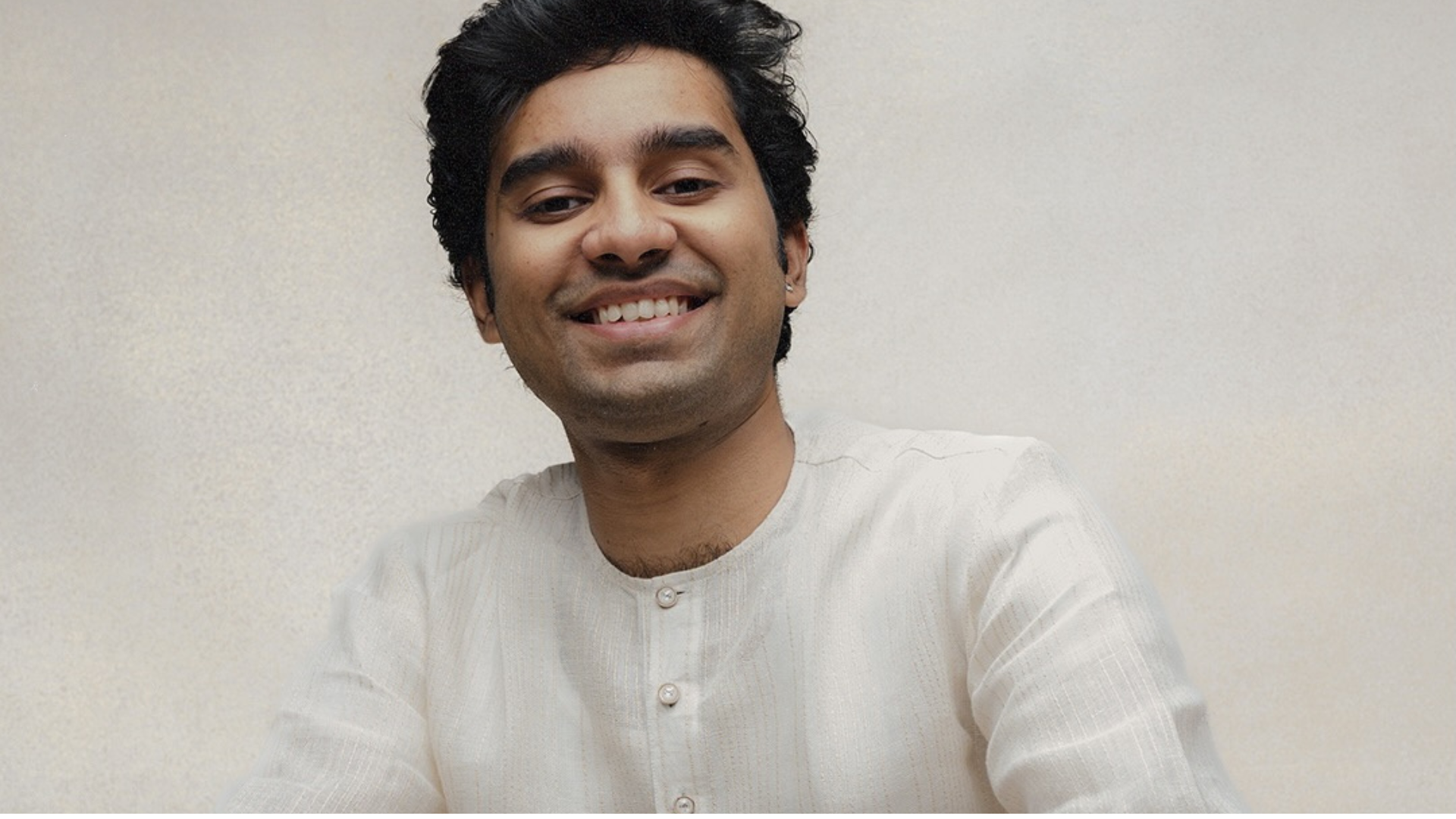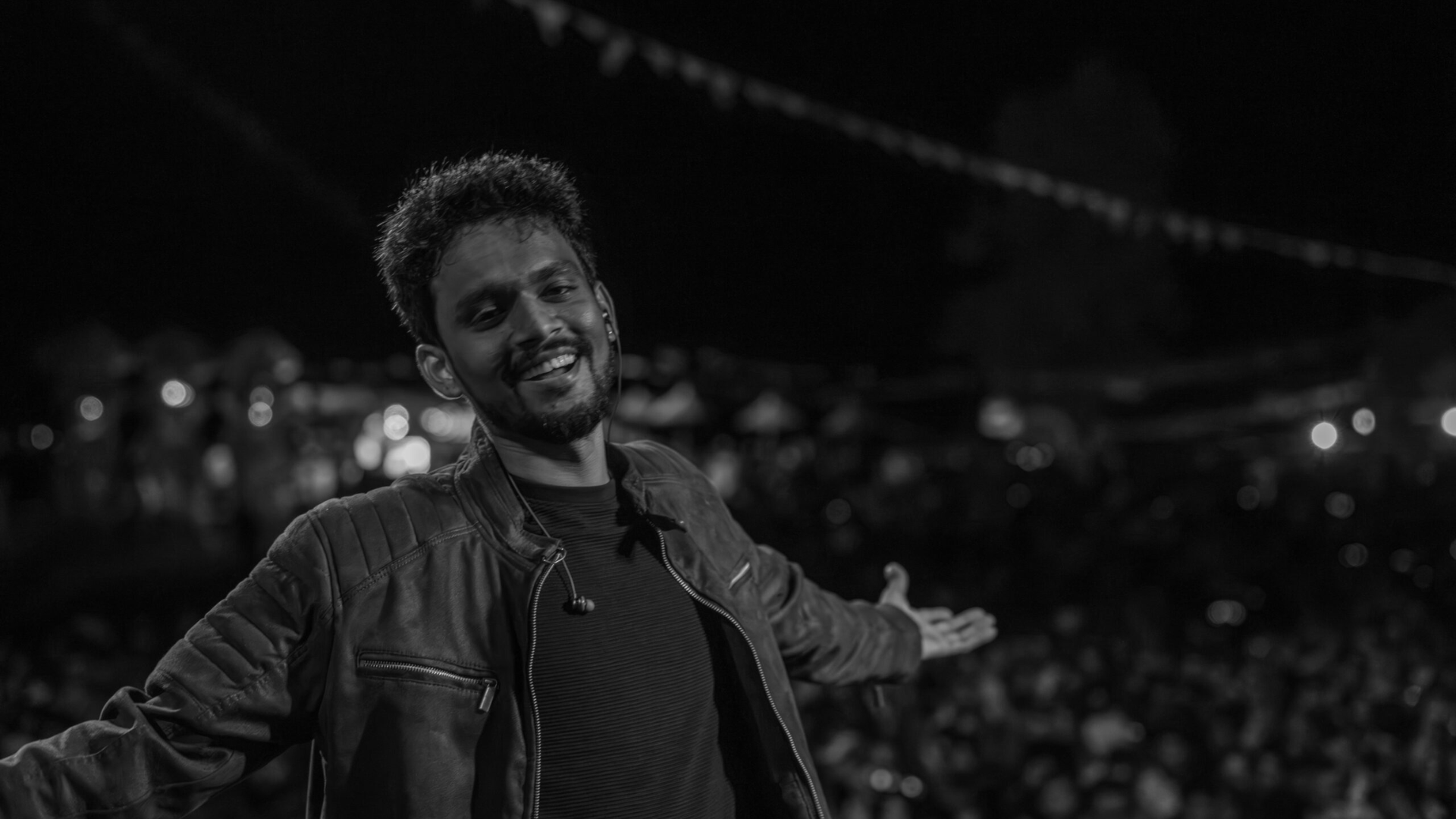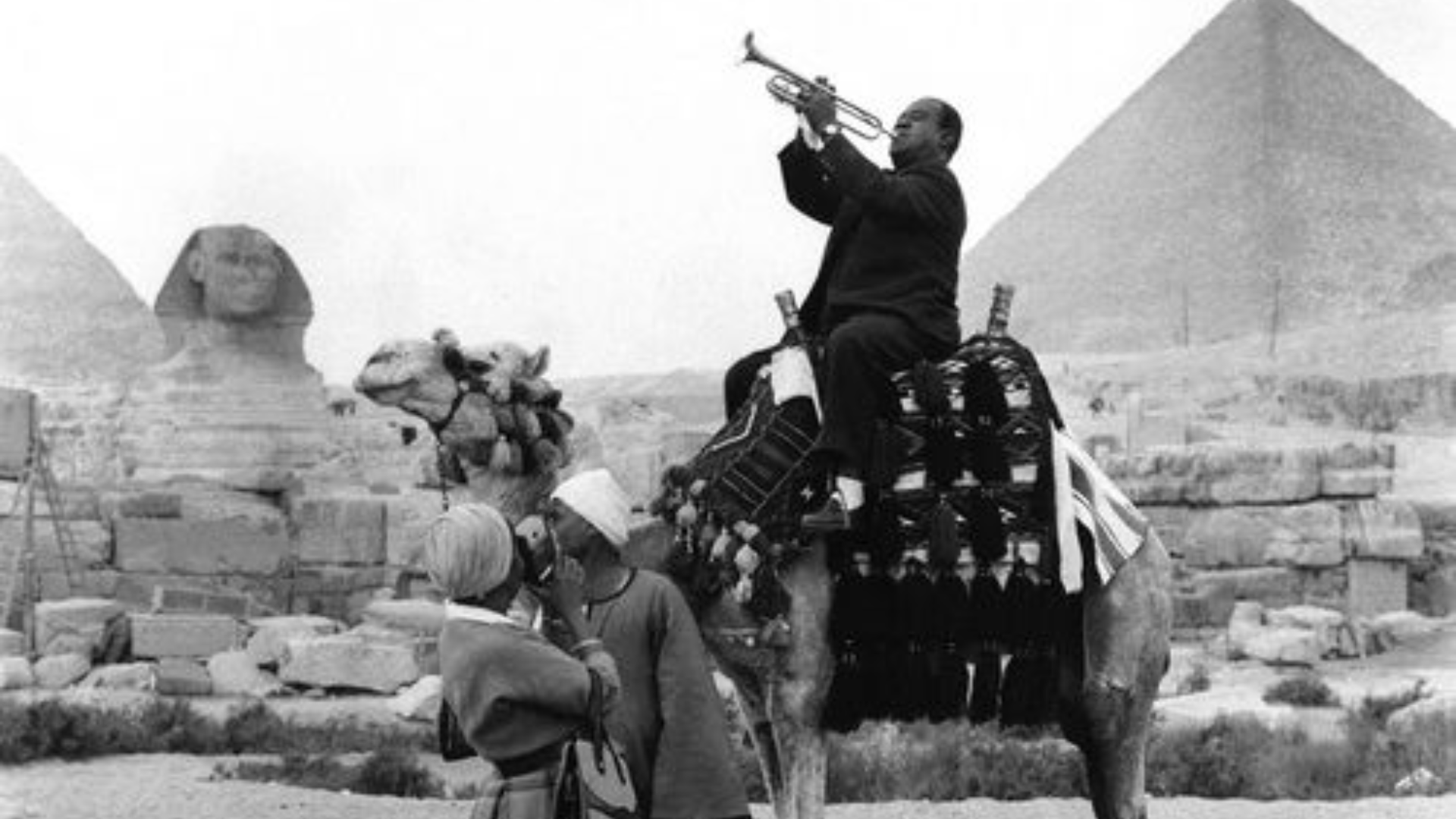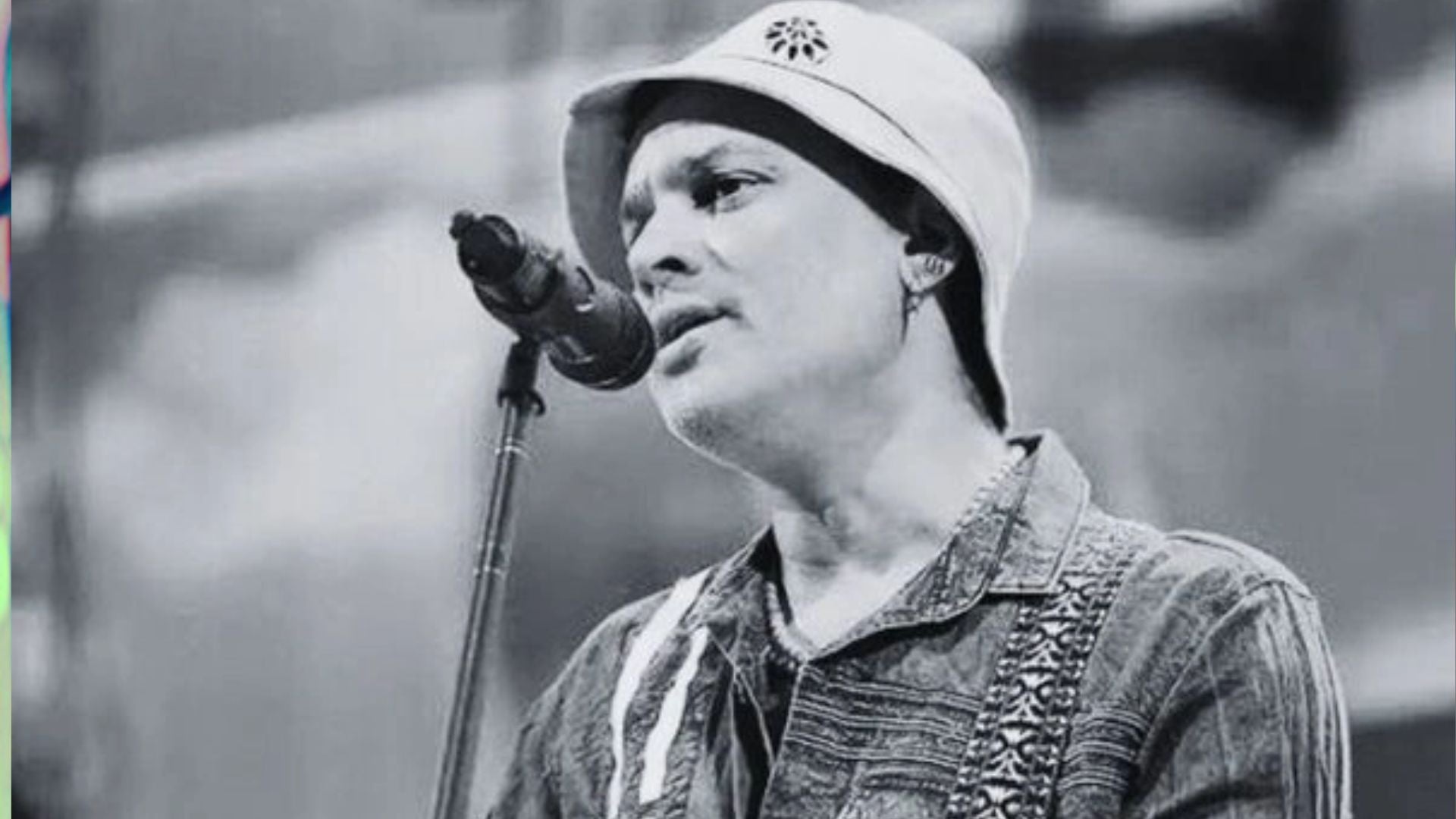Trailblazer: How Ishaan Ghosh is taking the Tabla to new frontiers

Born into one of Indian classical music’s most respected lineages, Ishaan Ghosh could have stayed safely within tradition. Instead, he’s reimagining it. At 24, the Tabla virtuoso stands at a rare intersection—carrying forward the Farrukhabad tradition while challenging what Indian rhythm can sound like on a global stage.
The son of Pandit Nayan Ghosh and grandson of the legendary Padma Bhushan Pandit Nikhil Ghosh, Ishaan grew up immersed in music. His grand-uncle, Pandit Pannalal Ghosh, pioneered the bansuri’s place in Indian classical music, popularizing it as a solo concert instrument and developing the larger, seven-holed Flute that gave it a deeper, more expressive voice.
Ishaan’s earliest memories—playing Tabla as a toddler, listening to stories about Ahmed Jan Thirakwa and Omkarnath Thakur at bedtime, absorbing raags like nursery rhymes—laid a foundation that was deep, but never narrow. His training extended beyond Tabla to vocal music, sitar, and theory, shaping a musician who thinks across disciplines.
He’s performed with stalwarts like Pandit Jasraj, Ustad Amjad Ali Khan, Pandit Ajoy Chakraborty, Kaushiki Chakraborty, Niladri Kumar, and Taufiq Qureshi, while steadily building a parallel career as a soloist and collaborator. His playing is precise but not rigid. More importantly, Ishaan is reshaping where and how the Tabla lives today.
In Euphoria, a techno-Tabla single, he places Indian rhythm at the heart of a contemporary soundscape. With The Rasa Experience, he rethinks the classical concert format, creating immersive spaces where artists and audiences meet without the usual formal distance. And through ARAJ—his neoclassical ensemble featuring S. Akash (Flute), Mehtab Ali Niazi (Sitar), Vanraj Shastri (Sarangi), and Pratik Singh (Vocals and Tabla)—he’s building a space where younger musicians can innovate from a place of respect rather than rebellion.
Ishaan is bringing the depth of Indian rhythm into conversations and spaces that often leave it out. He’s not following a trend. He’s expanding the tradition—and making sure it belongs to his generation too.
And he’s just getting started.






Comments
Manuel Franco —
I promised Great Dr. Odunga to post this testimony and I really want to say “Thank You” to everyone who supported me through the years. My name is Manuel Franco, New Berlin, Wisconsin. My story of how I won the Powerball lottery of $768.4M is a bit of a tale. I was feeling very lucky that day because I had contacted Great Odunga to help me with the winning Powerball numbers. I really had that great great feeling that I looked at the camera wanting to wink at it. I only did a tiny part of it when he told me he would give me the numbers and trusted him. He gave me the numbers after I played a couple other tickets along with it for $10. I checked my ticket after the winnings came online and saw the numbers were correct including the Power play. I screamed for about 10 minutes because it felt like a dream coming into reality. I had won $768.4M. Thank you Great Odunga. Well, his emails are odungaspelltemple@gmail.com and odungaspelltemple@outlook.com You can also call or Whats-app him at +2348167159012 so you guys can contact him
HE CAN ALSO FIX THE FOLLOWING PROBLEMS. RELIABLE AND TRUSTED
Lottery Spell Love/Reunion Spell Pregnancy Spell Protection Spell Marriage spell Healing/Cure spellContact him for any of these today:
EMAIL: odungaspelltemple@gmail.com OR odungaspelltemple@outlook.com also Call and WHATS-APP HIM +2348167159012.
Jenifer Zara —
HOW I FINALLY GOT MY STOLEN FUNDS BACK // ALL THANKS TO THE HACK ANGELS RECOVERY EXPERT
Have you lost money in a cryptocurrency or online investment scam? Are you desperately searching for help recovering your stolen funds? If you find yourself in such difficulty, get in touch with THE HACK ANGELS RECOVERY EXPERT to recover your scammed funds back. I was devastated when I lost over $975,000 in an investment trading company. I was down because the company refused to let me make withdrawals and kept asking for more money. My friend introduced me to THE HACK ANGELS RECOVERY EXPERT. I was able to recover my money back. They are knowledgeable professionals, and I am grateful for their assistance. You can contact them using the details below
Email: support@thehackangels.com
Website at www.thehackangels.com
WhatsApp +1(520)200-2320
If you’re unsure of what to do next. In a few days, you will see the efforts they took to recover the money they stole from you.